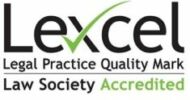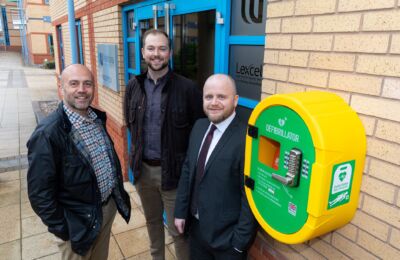Resolving an issue between a Landlord and a Tenant is usually about securing the best deal. This often involves negotiating and sometimes compromising. Whether you are a Landlord or a Tenant, the key is to first know when the law is on your side so that you can make informed decisions as well as keeping timescales short and costs minimal. We specialise in all areas of Landlord and Tenant Law and taking advice quickly places you in a good position to secure the best deal for you.
Delaying will give your opponent the opportunity to be one step ahead.







